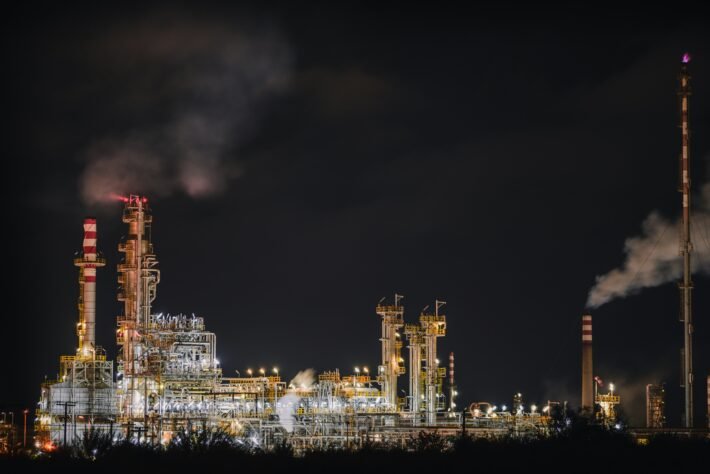Continuous emission monitoring systems are generally used to simultaneously measure 16 gases

Emission monitoring is a critical aspect of industrial operations, ensuring adherence to stringent environmental regulations. It involves the continuous assessment of gases released into the atmosphere during various industrial processes. From waste incineration and large combustion plants to cement production and aluminum smelting, each sector must meticulously monitor and control its emissions.
Water (H2O), Carbon Dioxide (CO2), Carbon Monoxide (CO), Nitrous Oxide (N2O), Nitric Oxide (NO), Nitrogen Dioxide (NO2), Sulfur Dioxide (SO2), Hydrogen Chloride (HCl), Hydrogen Fluoride (HF), Ammonia (NH3), Methane (CH4), Ethane (C2H6), Propane (C3H8), Ethylene (C2H4), Hexane (C6H14), and Formaldehyde (CH2O).
Combine these 16 combination of gases in our Portable Gas Analyzer
These continuous measurements are essential for compliance with local environmental regulations. Many countries mandate emission measuring technology to undergo suitability testing, as seen in Europe, where adherence to standards like EN 15267 is required.
Waste Incineration Plants: Waste incineration BAT (Best Available Techniques) reference documents (WI BREF) guide the reduction of harmful compounds released into the air and water from waste incineration plants. The WI BREF (2019) mandates European waste incineration plants to adhere to new emission limits by 2023.
Large Combustion Plants (LCP): Large combustion plant BAT reference documents (LCP BREF) address emission monitoring requirements for combustion installations with a total rated thermal input exceeding 50 MW. Compliance with the new emission limit values set by LCP BREF is obligatory for large thermal power plants in Europe by 2021.
Cement Production: Cement production, a major contributor to CO2 emissions, undergoes continuous emission monitoring as per local regulations. Applicable BREF and BAT are determined based on the fuel type used.
Aluminum Production Plants: Accurate measurement of CO2 emissions and fluoride compounds is crucial for compliance and environmental impact control in aluminum smelters.
Fertilizer and Nitric Acid Production Plants: Emission monitoring in fertilizer manufacturing focuses on controlling the release of CO2 emissions, nitrogen oxides (NOx), ammonia (NH3), and nitrous oxide (N2O).
The Role of Portable Gas Analyzers
Portable gas analyzers bring mobility to emission monitoring, allowing for assessments at various points within a facility. This flexibility is particularly valuable in industries where emissions can vary significantly across different operational areas. Timeliness is crucial in emission monitoring. Portable analyzers deliver instant results, enabling quick decision-making and proactive measures to address any deviations from compliance standards. The on-site capabilities of portable gas analyzers eliminate the need for sample transportation and external laboratory analysis, resulting in significant cost savings. Industries can stay ahead of regulatory requirements by conducting regular, on-site monitoring. Portable analyzers help in immediate identification of potential issues, ensuring compliance with environmental standards. From waste incineration and large combustion plants to cement production and aluminum smelting, portable gas analyzers find application across diverse industrial sectors, offering tailored solutions for each




